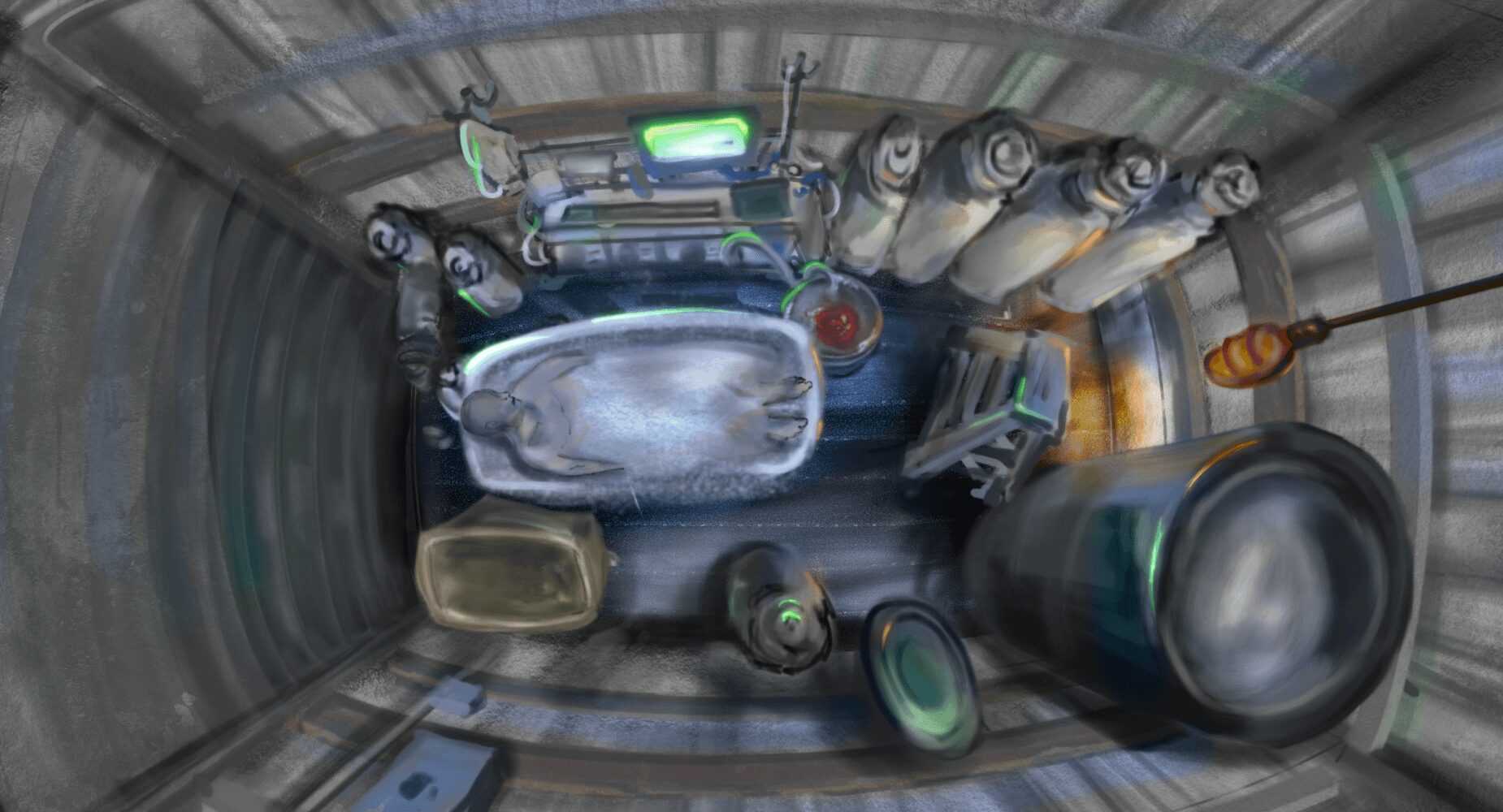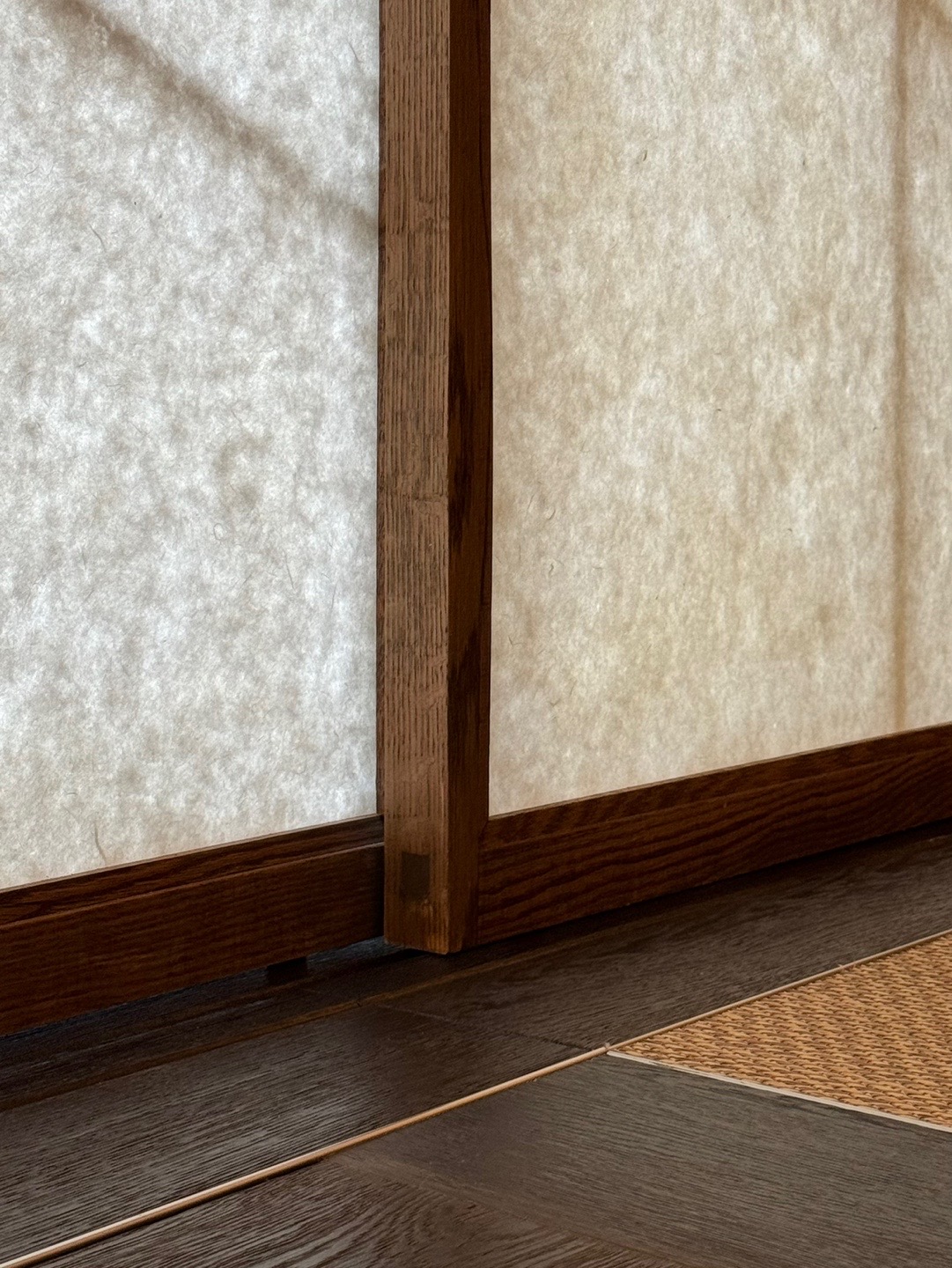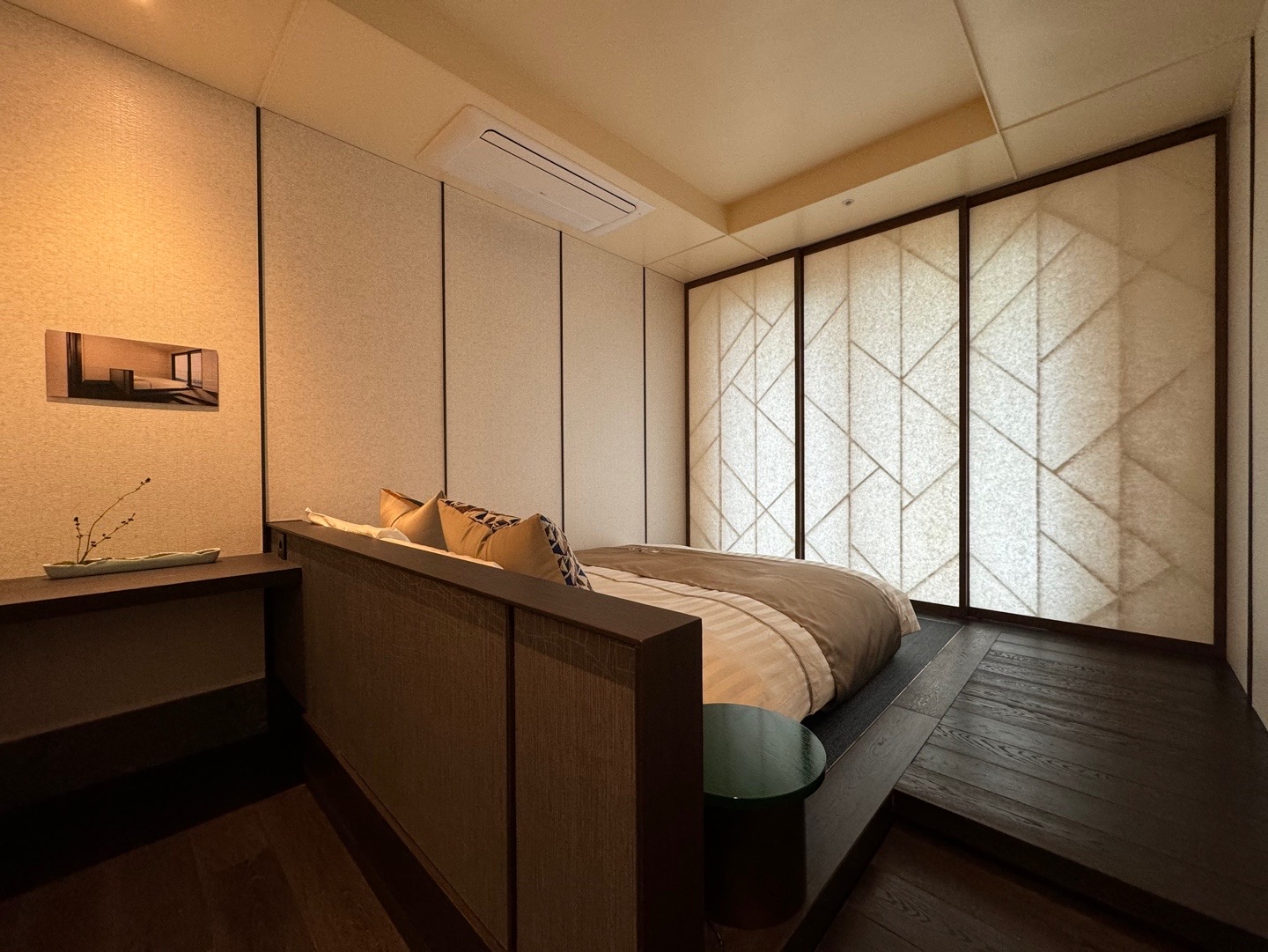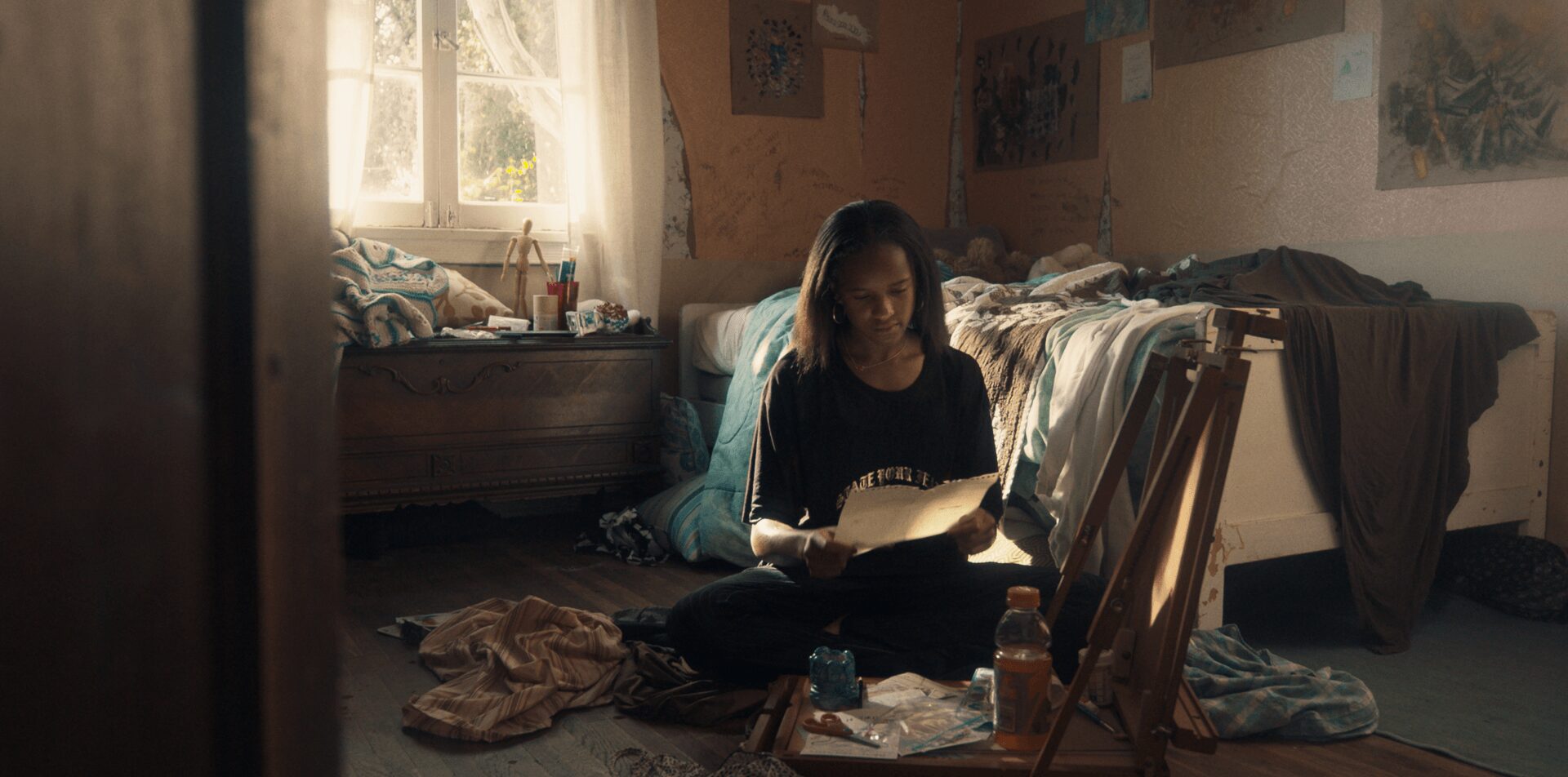

Today we’d like to introduce you to Yale Park.
Hi Yale, we’re thrilled to have a chance to learn your story today. So, before we get into specifics, maybe you can briefly walk us through how you got to where you are today?
I studied architecture for five years in Korea and started my career at an architectural firm called ‘Poly.m.ur.’ The thing about architecture is it involves managing projects at a large scale which often means you can’t focus as deeply on the details—the small, tactile elements that people actually touch and feel.
However, what interested me most was always the details. My eyes were always drawn to the small aspects: the texture of materials, the subtle gaps between surfaces, the way colors interact, the quality of light on different finishes. Those details are what make a space feel alive and real to me.
That’s when I transitioned to interior design. I spent four years as an interior designer at ‘Nonespace,’ an interior design studio. I worked on conceptual projects—bars, cafes, residential spaces—and my last project was remodeling a hotel that hosted global delegates for Asia-Pacific Economic Cooperation
(APEC) in 2025. With every project, I became more focused on how to weave stories into physical space. I realized that storytelling through design was what excited me most.
Then, during a vacation to LA, I visited the American Film Institute (AFI) campus on a whim. On the tour, something clicked—I thought, “This is what I want to do next.” I had done production design for a few small independent films when friends asked for help, but I never imagined it could become a real career path. AFI showed me that it could be. What connects all my work—from architecture to interior design to film—is my love for stories embedded in design. That’s what I want to keep exploring.
Alright, so let’s dig a little deeper into the story – has it been an easy path overall and if not, what were the challenges you’ve had to overcome?
It definitely hasn’t been easy. Leaving everything I had built in Korea and coming here in my late twenties was a big leap.
One of the biggest learning curves was actually ‘unlearning.’ There’s a difference between designing space in real life versus designing something that exists on screen. They share a lot of similarities—understanding materials, scale, atmosphere, storytelling—but the biggest difference is where you focus your energy. In interior design, a space has to function for years. Every detail needs to be durable and practical. But in film, you’re designing for the camera’s eye, for specific shots, for moments in time. I had to learn to think differently about what’s essential.
Communication was another adjustment. Film production is intensely collaborative—you’re constantly sharing your vision with the director, cinematographer, art department, construction crew, etc. Everyone needs to be aligned, and that requires a certain level of clarity and flexibility.
My background as an interior designer helped me with this transition. I wasn’t just designing, I was managing construction for remodeling projects. I worked directly with carpenters, vendors, and contractors, coordinating timelines and problem-solving on site. That hands-on experience taught me how to communicate with people. I understand the language of construction, and I know how to bring a design to life under tight deadlines and budget constraints.
The transition hasn’t been smooth, but those challenges have made me a better, more flexible designer. Being in LA has opened up so many opportunities to explore my vision in many ways. There’s an energy here—this constant creative exchange—that pushes me to think bigger and collaborate with people who are passionate about storytelling. I’m still learning every day, and that’s what keeps me excited.
Appreciate you sharing that. What else should we know about what you do?
I am a production designer and art director, but I also identify as a space designer since my work always centers around translating stories into a physical space. What sets me apart, I think, is my background across architecture, interior design, and film. Film borrows from real life; it has to feel authentic even when it’s completely fictional. Because I understand the art of architecture, I can adapt the physical principles in deeper, more nuanced ways across various projects. I know how buildings actually work, how spaces are constructed, and how people move through them.
One of my favorite projects recently was remodeling a hotel in Korea that hosted world delegates during the APEC 2025 summit, where we also weaved in elements of Korean traditional storytelling, finding a balance between modern luxury and cultural depth. Most recently, I worked as a production designer on an action/thriller short, a proof of concept that’s being developed into a feature film.
My design work has received an iF Design Award twice (‘Time To B’ and ‘Angelinus’), as well as a K Design Award (‘Swiss Just’). I’ve also led teams through complex projects, managing everything from concept to execution, which has prepared me to handle the fast-paced and collaborative nature of film production. Also, as a Korean designer working in LA, I bring a different lens to the work, a perspective shaped by a different visual culture and design tradition. I think that’s an asset, especially in an industry that’s always looking for fresh, authentic voices.
Do you have any advice for those just starting out?
The most important advice I can give is listen deeply, think it through, then trust your instincts and speak up even when it feels uncomfortable.
Early in my career transition to film, I sometimes held back voicing my perspective or giving notes to others because I wasn’t confident about my language skills. But a mentor told me something that stuck: “You have good instincts—I need to hear your voice more.” That shifted everything. I realized my value wasn’t just in technical execution, but in how I see and interpret space and story.
What surprised me most about film production was realizing how much of our work is simply about the people. Production design is intensely collaborative. Your ability to listen, communicate clearly, and connect with other departments is just as critical as your design skills. Learning to bridge different creative languages and build trust with your team, that’s what leads projects to succeed.
And finally—take on a lot of hands-on experiences, especially early on. Every project teaches you something different. The gap between what works on paper versus what works in reality, how story translates to visual language, how to adapt when things go sideways on set—you can only learn that by doing it.
Contact Info:
- Website: https://yaleparkdesign.com/
- Instagram: https://www.instagram.com/killer_whale_a/








Image Credits
Michelle Kahn Shwartz
Jung-bae Shin
Ella Lubienski
Anna Mendes














